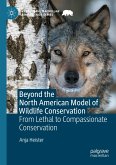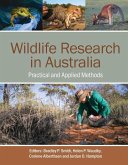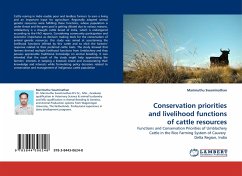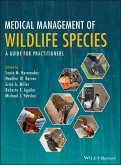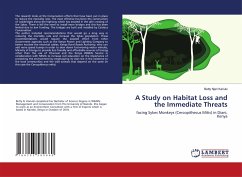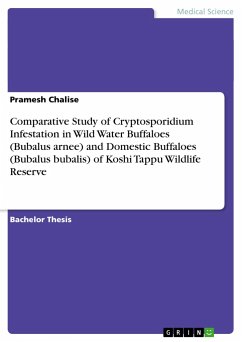The use of artificial reproduction techniques and cryopreservation biotechnology can support species conservation. Gametes and embryos cryopreservation and banks of frozen germplasm can be used in species conservation programs and genetic resource for "in situ" and "ex situ" populations. However, environmental factors, such as type of enclosure, number of animals per enclosure and animal-keeper interactions, therefore stress, diseases, nutritional deficiencies, genetics and behavioral alterations may affect semen and oocytes quality in order to be important for successful feline reproduction in captivity. This book describes the first assessment of ovarian, ultrastructural, immunological and hormonal responses in nondomestic cats (Leopardus pardalis and Leopardus tigrinus) treated with alternating exogenous gonadotropin regimens. These findings are potentially valuable for our ongoing efforts to develop and apply assisted reproduction technologies to the management and conservation of endangered felid populations.


